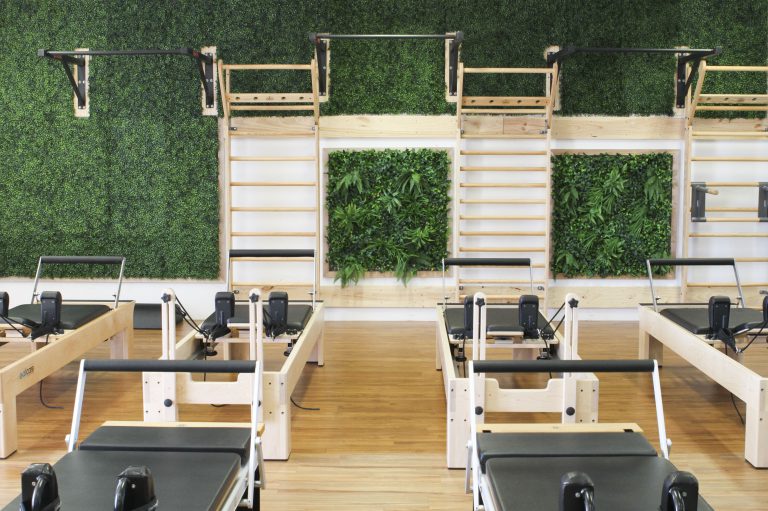Welcome to the gun show!
Strength training is often an important component of physiotherapy treatment with proposed benefits of improving athletic and functional performance, reducing injury risk, maintaining independence and reducing the signs and symptoms of long-term conditions such as arthritis, osteoporosis and heart disease.
Whether you’re training to help improve your health or you just want to look good on the beach when summer finally arrives, it’s important to know how much you need to train and how often.

How much to lift
Traditional models of training have recommended lifting heavy loads at low repetitions (reps) in order to gain muscle mass. A study published in August 2017 (1) however found that although 1 rep-max strength gains were greater after training with high loads, isometric (static) strength and actual muscle mass gains (hypertrophy) were similar to those training with low loads and higher reps. The key to making the gains seems to be in repeating the exercise to the point of exhaustion (2).
The findings are potentially particularly important for the elderly, who often struggle to lift heavier loads, or those beginning / returning to training after some time off.
How often
The major muscle groups should be trained at least twice per week in order to see gains. Again however, contrary to popular belief, there is no conclusive evidence that training 3 times per week leads to greater gains than twice per week. A potential win for those of us really short on time!
Strength training and endurance performance
 Struggling to improve your PB over 10k or fancy yourself in next year’s Tour de France? Including strength training into your regular exercise routine could be key.
Struggling to improve your PB over 10k or fancy yourself in next year’s Tour de France? Including strength training into your regular exercise routine could be key.
Here are some recommendations coming out of the literature on running & cycling (3&4):
- Make sure you train similar muscle groups to those you’ll be using during your event. Get those Glutes, Quads, Hammies and Calves working!
- Try to perform to concentric phase (as the muscles are shortening) of the exercise as quickly as possible to develop more force. In a squat for example, the concentric phase is a you return from the squat position to a standing.
- Do your high intensity endurance workouts early in the morning then have a recovery period of at least 3 hours before starting your resistance workout.
- Alternatively, perform your resistance workout immediately after a low-intensity endurance session for greater endurance adaptation.
Finally
Don’t try to do too much too soon. Injuries happen much more frequently when the body is exposed to rapid changes in load / exercise levels without being given adequate time to rest and recover from those workouts. So make sure to:
- Build your workouts up gradually.
- Make sure you include rest days in your training schedule.
And:
- Stay hydrated.
- Get enough sleep.
By Andrew Leggett
Schoenfeld, B. J., Grgic, J., Ogborn, D., & Krieger, J. W. (2017). Strength and hypertrophy adaptations between low- versus high-load resistance training: A systematic review and metaanalysis. Journal of Strength and Conditioning Research. doi:10. 1519/JSC.0000000000002200
Morton RW, Oikawa SY, Wavell CG, et al. Neither load nor systemic hormones determine resistance training-mediated hypertrophy or strength gains in resistance-trained young men. J Appl Physiol. 1985;2016(121):129–38.
Rønnestad BR, Mujika I. Optimizing strength training for running and cycling endurance performance: a review. Scand J Med Sci Sports 2013: doi: 10.1111/sms.12104.
Baar, K. Using molecular biology to maximize concurrent training. Sports Med 44(suppl 2): 117–125, 2014.


